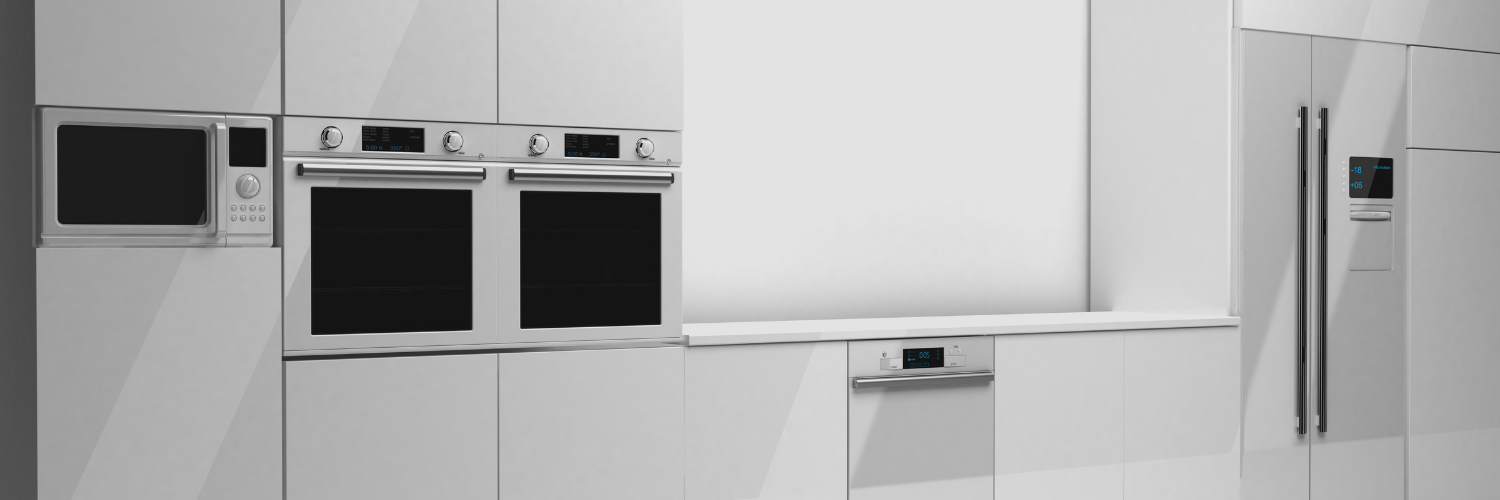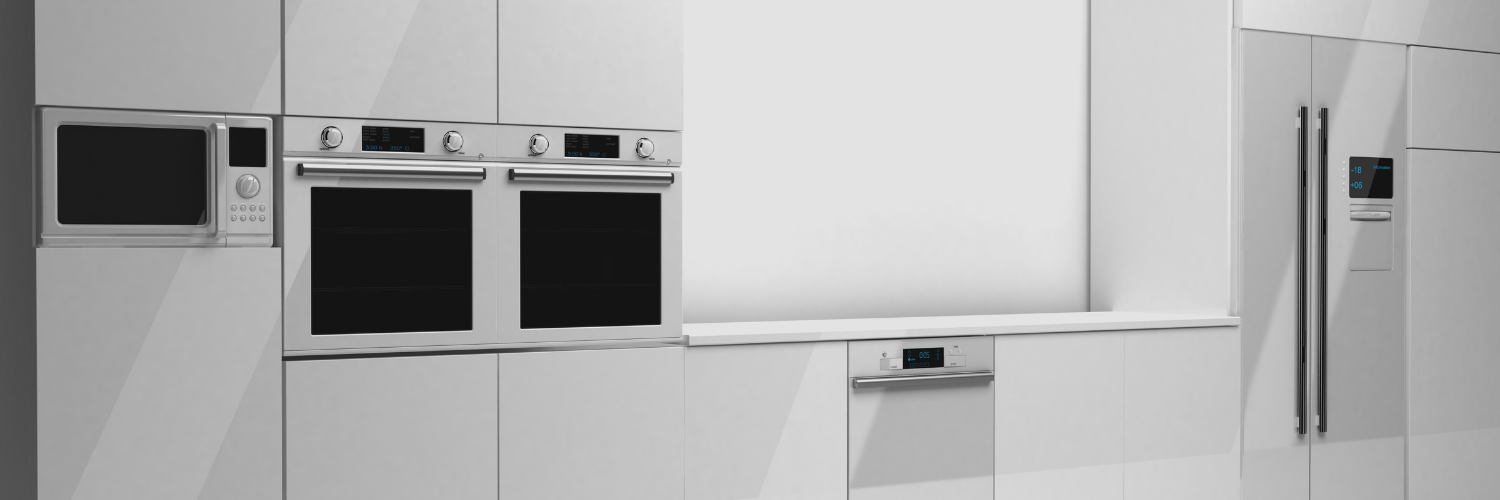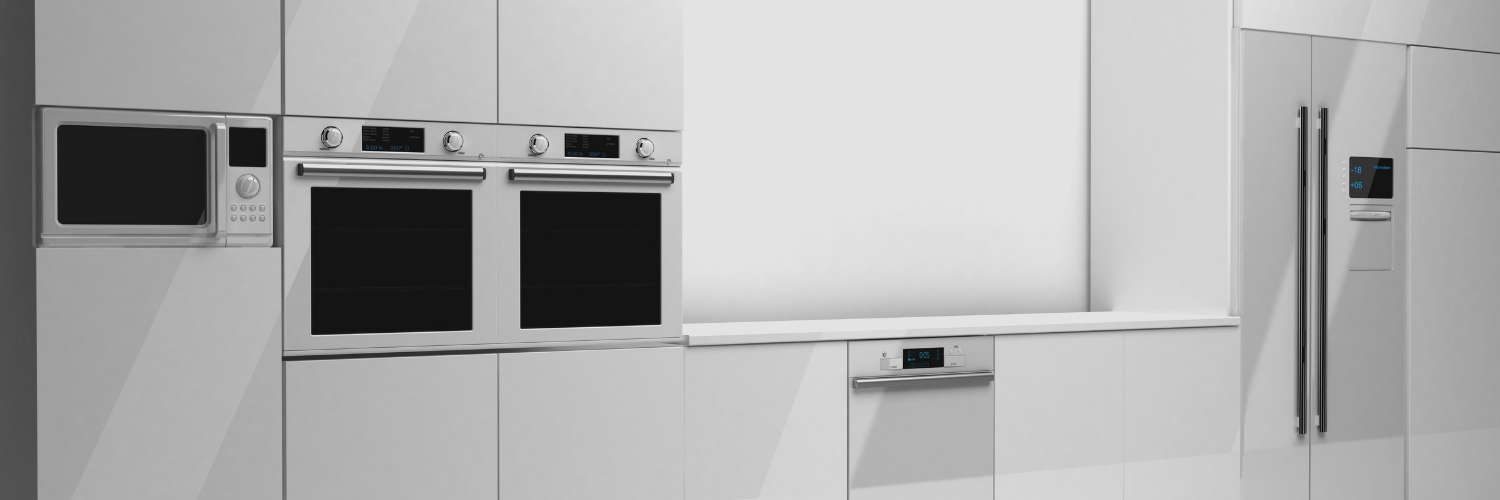How to Clean Front Load Washing Machine
Front load washing machines are known for their efficiency and effectiveness in cleaning clothes. However, to maintain their performance and longevity, regular cleaning and maintenance are essential. Over time, these machines can accumulate detergent residue, mold, and mildew, which can affect their performance and even your laundry. This guide will walk you through the steps to thoroughly clean your front load washing machine, address common issues, and ensure it remains in top condition.
Importance of Cleaning Your Front Load Washing Machine
Regular cleaning of your front load washing machine is crucial for several reasons:
- Prevent Mold and Mildew: Moist environments in washing machines can lead to mold and mildew growth.
- Maintain Efficiency: A clean machine operates more efficiently and effectively.
- Odor Control: Regular cleaning prevents unpleasant smells and ensures fresh laundry.
- Extend Lifespan: Proper maintenance can help extend the lifespan of your appliance.
Components to Clean
1. Door Seal
The door seal, or gasket, is a common area for mold and mildew growth due to its damp environment.
Cleaning Steps:
- Inspect: Check the gasket for any visible mold or debris.
- Wipe Down: Use a mixture of equal parts water and white vinegar or a mild detergent. Wipe the gasket thoroughly with a cloth or sponge.
- Dry: Ensure the gasket is completely dry to prevent future mold growth.
2. Detergent Dispenser
The detergent dispenser can accumulate residue from detergent and fabric softener.
Cleaning Steps:
- Remove: Take out the detergent dispenser from the washing machine.
- Soak: Soak it in warm, soapy water for about 15-20 minutes.
- Scrub: Use a soft brush or sponge to scrub away any remaining residue.
- Rinse and Dry: Rinse thoroughly with clean water and let it dry before reinserting.
3. Drum
The drum is where all your clothes are washed, so it’s important to keep it clean and free of residue.
Cleaning Steps:
- Run a Cleaning Cycle: Most front load washers have a cleaning cycle designed for this purpose. Follow the manufacturer’s instructions for this cycle.
- Use Cleaner: If your machine doesn’t have a cleaning cycle, use a washing machine cleaner or run a hot water cycle with two cups of white vinegar or half a cup of baking soda.
4. Filter
The filter catches lint and debris that can accumulate over time.
Cleaning Steps:
- Locate: Find the filter, usually located at the bottom front of the machine behind a small panel.
- Remove and Clean: Take out the filter and clean it under running water. Remove any debris or lint.
- Reinsert: Once cleaned and dried, place the filter back in its position.
How Often Should You Clean?
- Door Seal: Every 1-2 weeks.
- Detergent Dispenser: Every 1-2 months.
- Drum: Every 1-2 months, or as needed based on usage.
- Filter: Every 3-6 months, depending on how often you use the machine.
Tips for Preventing Mold and Mildew
- Leave the Door Open: After each use, leave the door slightly ajar to allow air circulation and drying.
- Use the Right Detergent: Use high-efficiency (HE) detergent suitable for front load machines to reduce residue buildup.
- Regular Maintenance: Follow a regular cleaning schedule and address any issues promptly.
Troubleshooting Common Issues
1. Foul Odors
If you notice a persistent smell:
- Check for Mold: Ensure there is no mold in the door seal or drum.
- Run a Cleaning Cycle: Use a washing machine cleaner to eliminate odors.
- Dry Thoroughly: Ensure the machine dries completely between uses.
2. Excessive Lint
If you find excess lint on your clothes:
- Clean the Filter: Ensure the filter is clean and functioning properly.
- Check Detergent Use: Avoid using too much detergent, as it can lead to excess lint.
Expert Tips
- Follow Manufacturer Instructions: Always refer to your washing machine’s user manual for specific cleaning recommendations.
- Use Appliance-Specific Cleaners: If possible, use cleaners designed specifically for washing machines to avoid damage.
Conclusion
Cleaning your front load washing machine regularly is essential for maintaining its efficiency, preventing odours, and extending its lifespan. By following these steps and incorporating preventive measures into your routine, you can ensure your appliance remains in excellent condition and continues to perform effectively. If your front load washer is not working properly, contact our experts for help!



